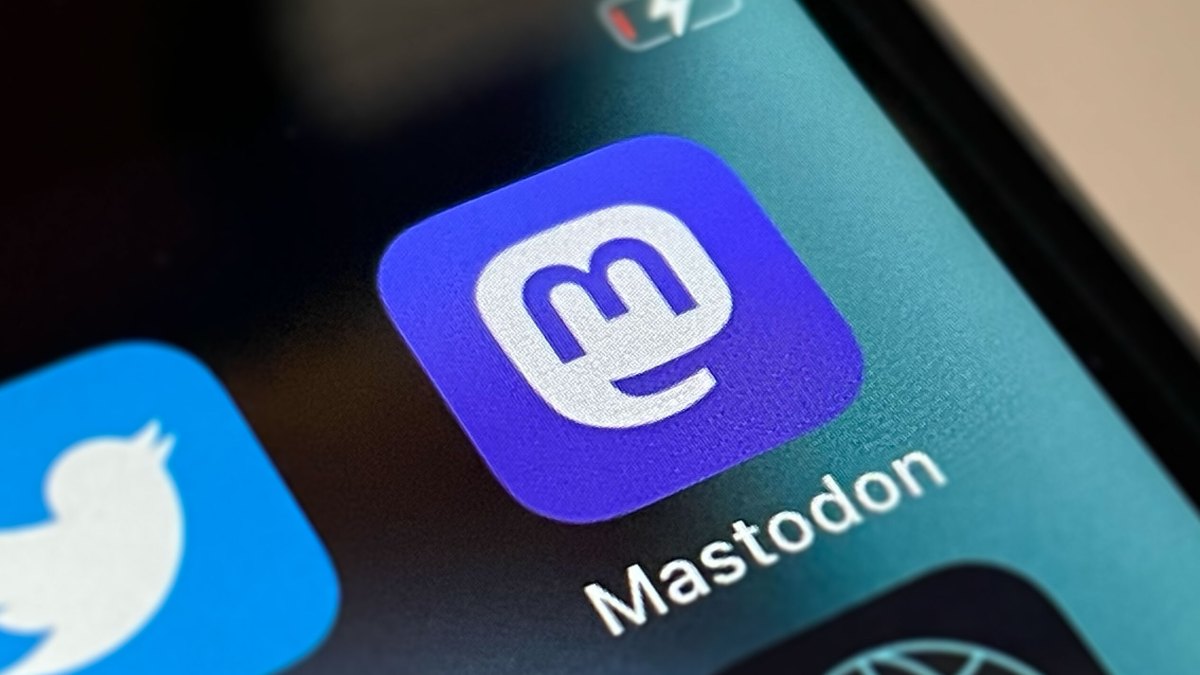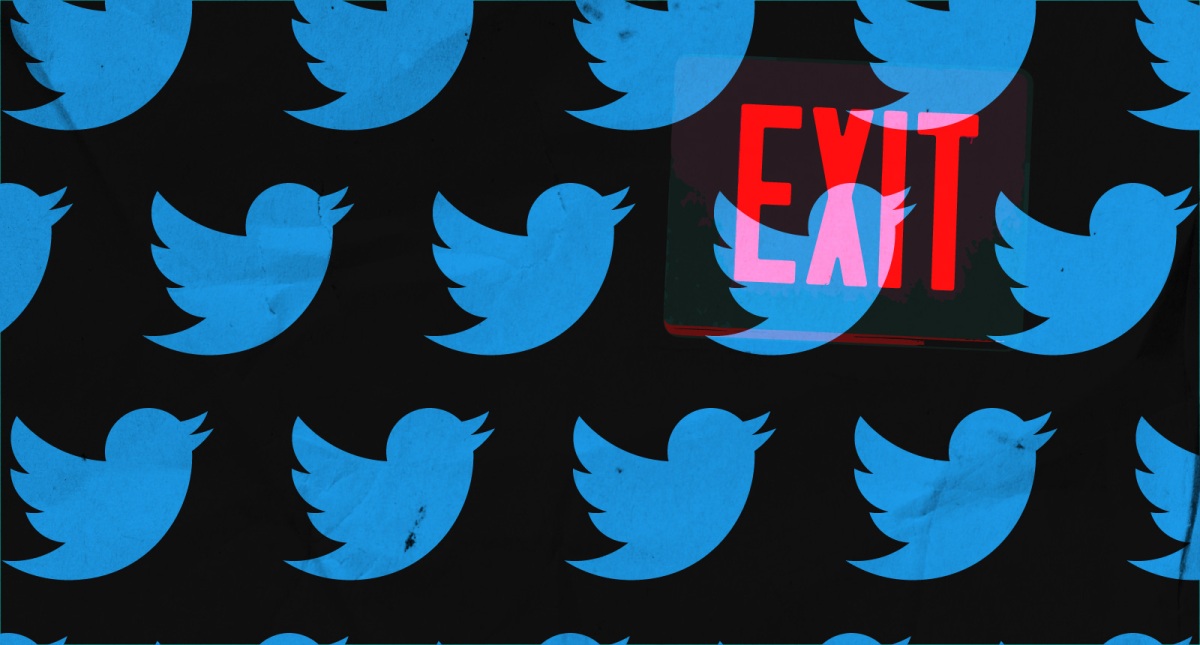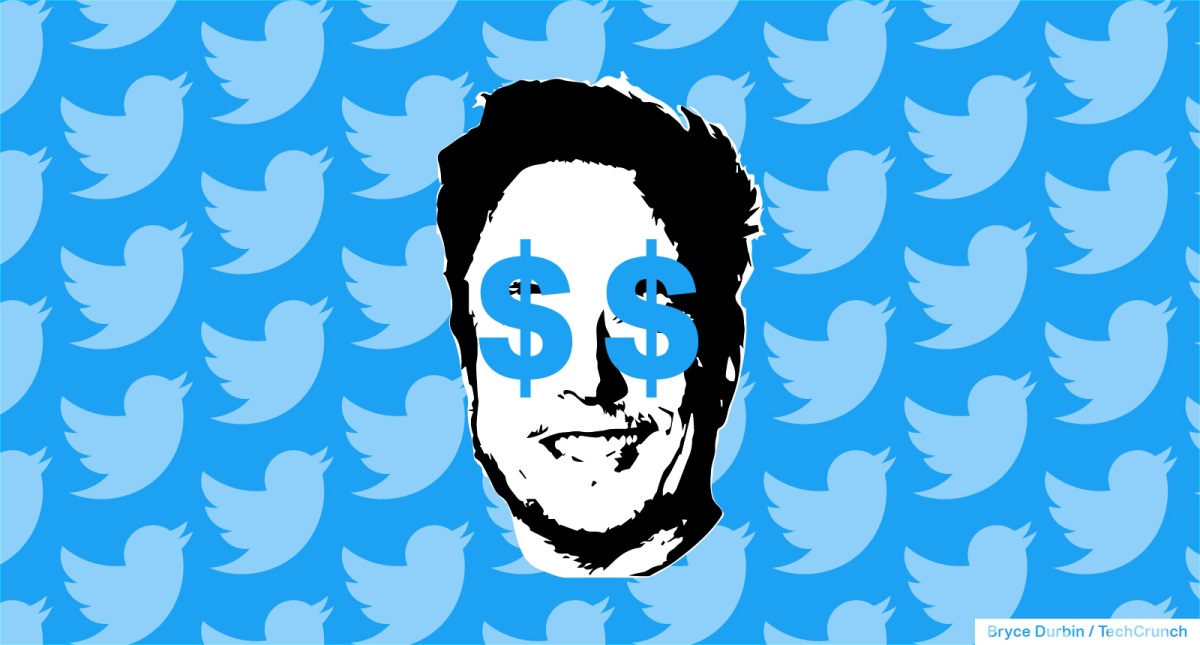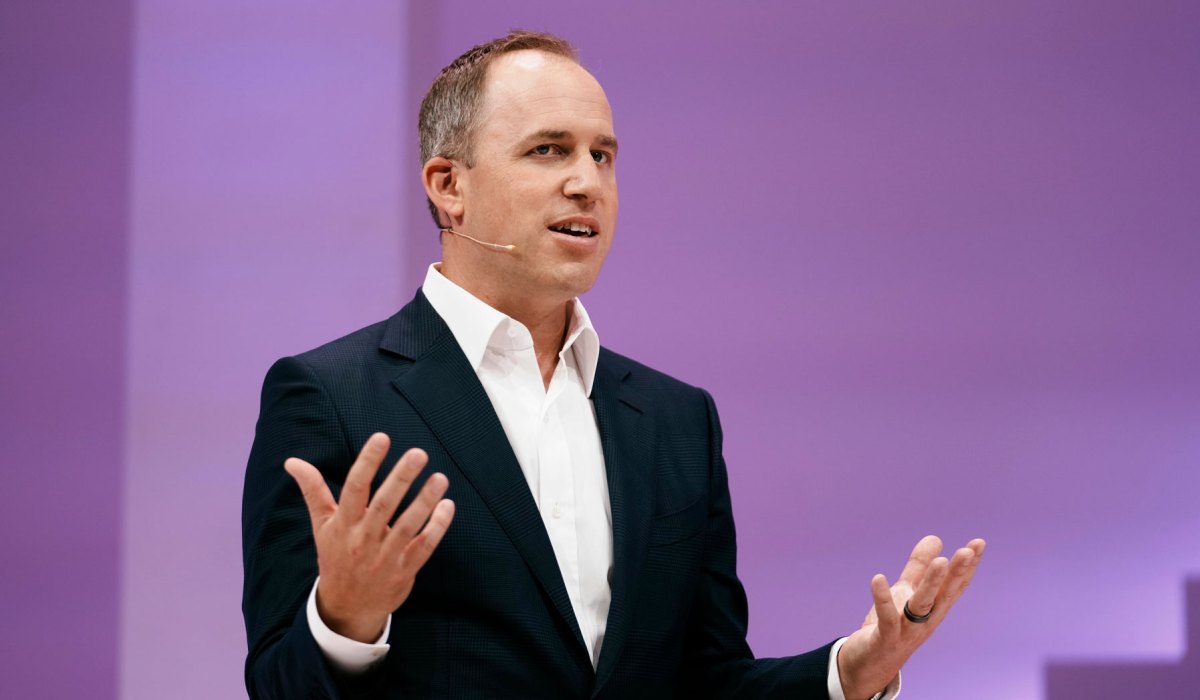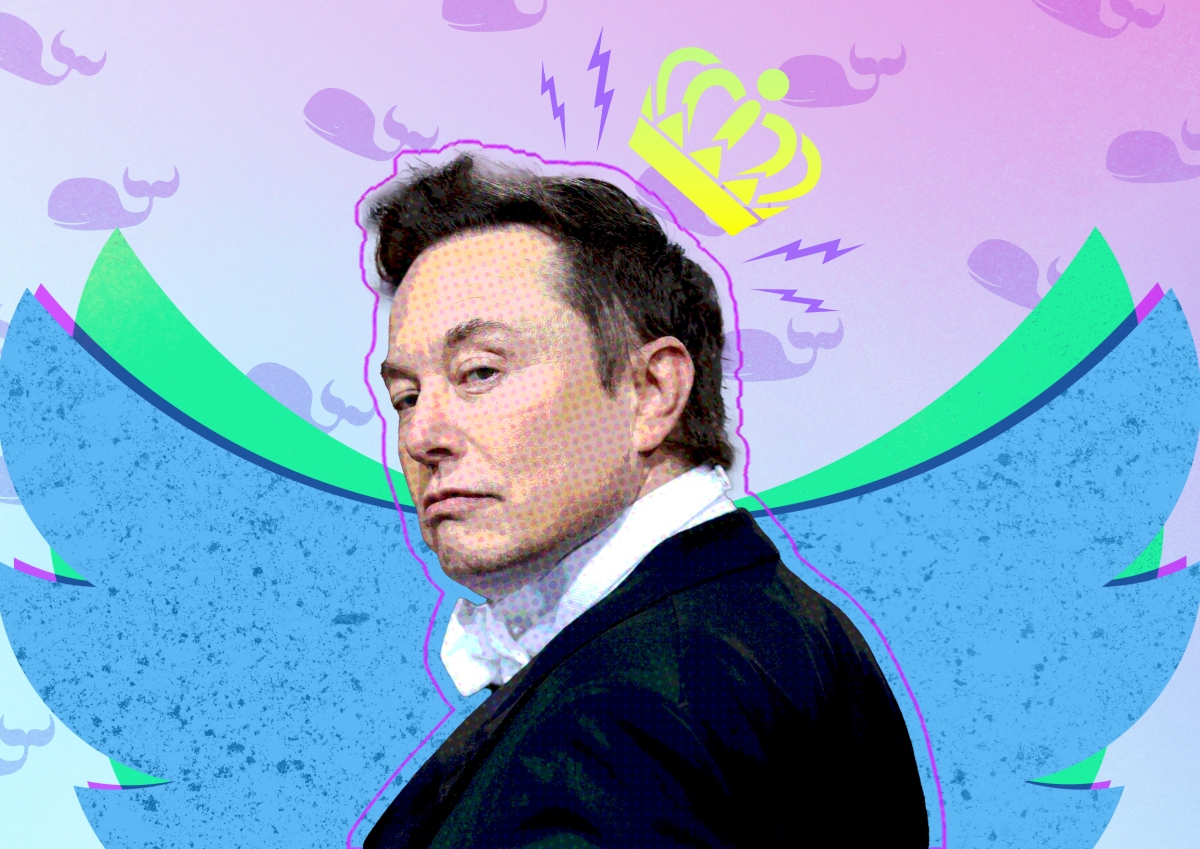Decentralized social network Mastodon grows to 655K users in wake of Elon Musk’s Twitter takeover • ZebethMedia
Open-source, decentralized social network Mastodon has been benefiting from the chaotic Twitter takeover by Elon Musk. In addition to seeing a record number of downloads for the Mastodon mobile app this past weekend, the non-profit company today announced a new milestone. In a post on Twitter — where Mastodon has been successfully marketing its app to those now considering leaving the service — it noted that 230,000 people have joined Mastodon in the last week alone. Thanks to these new sign-ups as well as people returning to old accounts they had set up previously, the network now has 655,000 active users, the post noted. This is the highest number of users Mastodon has seen to date, Mastodon said. The number of people who switched over to #Mastodon in the last week alone has surpassed 230 thousand, along with many returning to old accounts bumping the network to over 655 thousand active users, highest it’s ever been! Why? 👉 — Mastodon (@joinmastodon) November 3, 2022 This follows the recent news that the open-source network had gained over 70,000 new sign-ups on Friday, Oct. 28 — the day after Musk’s deal to acquire Twitter had closed. From Friday through Sunday, the Mastodon mobile app also saw around 91,000 new installs, third-party data from Sensor Tower indicated — a 658% increase from the 12,000 installs it saw the three days prior. This rapid growth has not been without its downsides for the Twitter alternative, however. This week, one of the most popular servers on the Mastodon network, mastodon.social, has been experiencing lags and downtime as it struggled to accommodate the influx of new users. This could turn some people off from using Mastodon as their initial experience was sub-par. Though Mastodon founder and CEO Eugen Rochko has been working long hours to optimize the service and even ordered new hardware, the upgrade process has taken time at this crucial moment for Mastodon’s future. Often, when new users who try a service for the first time get frustrated by bugs and other issues, they don’t come back a second time. Plus, some users came to Mastodon without a full understanding of how a decentralized social network works and have found the process confusing or overly technical. Unlike on Twitter, or any other traditional social network, users don’t just create an account and start posting. They have to first pick a server to join as their Mastodon home. This is the part that causes people to stumble, as they don’t know where to find a server list, how to choose the right one, or whether or not they’re limited to chatting with people only on that server. This could also turn them off from exploring Mastodon further. It’s unfortunate because this is actually the key selling point for Mastodon — you join a server that best fits your interests. And by distributing the load across a network of servers, running Mastodon doesn’t require the infrastructure and engineering — or the massive amount of capital — that a network like Twitter does. That means Mastodon can be supported through smaller revenue streams, like sponsorships and donations, instead of ads. It also means Mastodon can’t be bought or sold to someone like Musk. Each Mastodon server is operated by a different individual or organization and can set its own moderation policies. But users aren’t limited to only communicating with friends on their own server — you can find and follow friends anywhere on the network. However, you can view your server’s timeline feed and the larger, “Federated” feed separately from your own Home feed of people you follow. This is particularly helpful if the server you’ve joined is filled with community members who post about things you’re interested in. There are a number of topic-based servers to choose from, too, to help with this. For example, some topic-based servers focus on areas like technology, music, gaming, art, activism, LGBTQ+, food, and more, in addition to general servers for socializing. This allows everyone to find their own niche. Of note, decentralization is the direction that Twitter co-founder and former CEO Jack Dorsey is going with his new social networking protocol Bluesky, which now has over 30,000 sign-ups on its waitlist, pre-launch. A Bluesky mobile app will help people to connect using this technology in the days to come. But the open source community — including those who have been doing the hard work on Mastodon over the years — have been frustrated with the Silicon Valley exec’s decision to go his own way with Bluesky, instead of using established protocols like ActivityPub, which powers Mastodon and others. Soon, it seems, users will have to choose what sort of decentralized social networking future they want — or whether the action on Twitter, regardless of its owner, is too enticing to give up.
